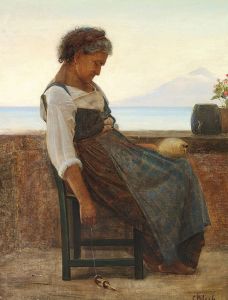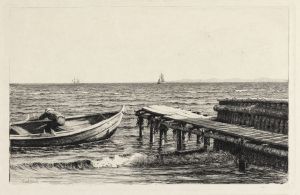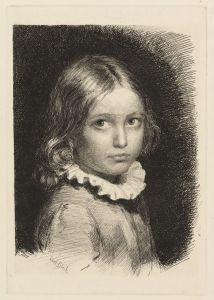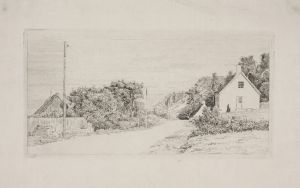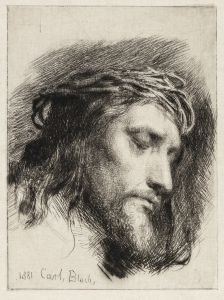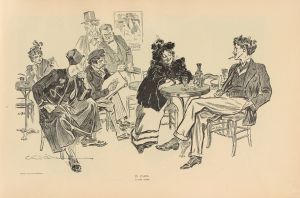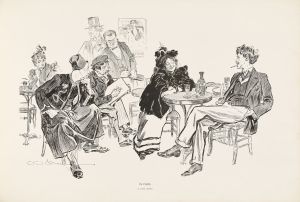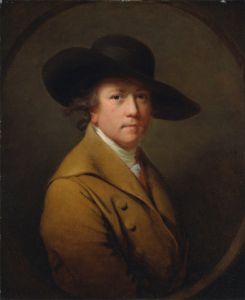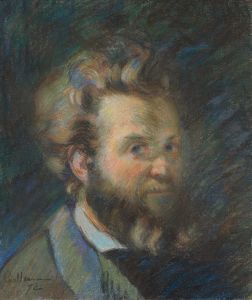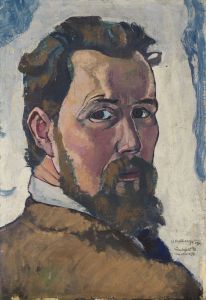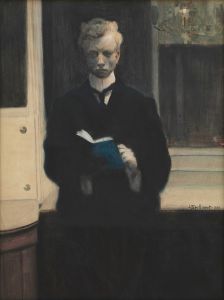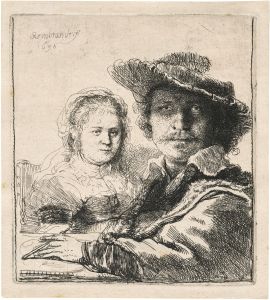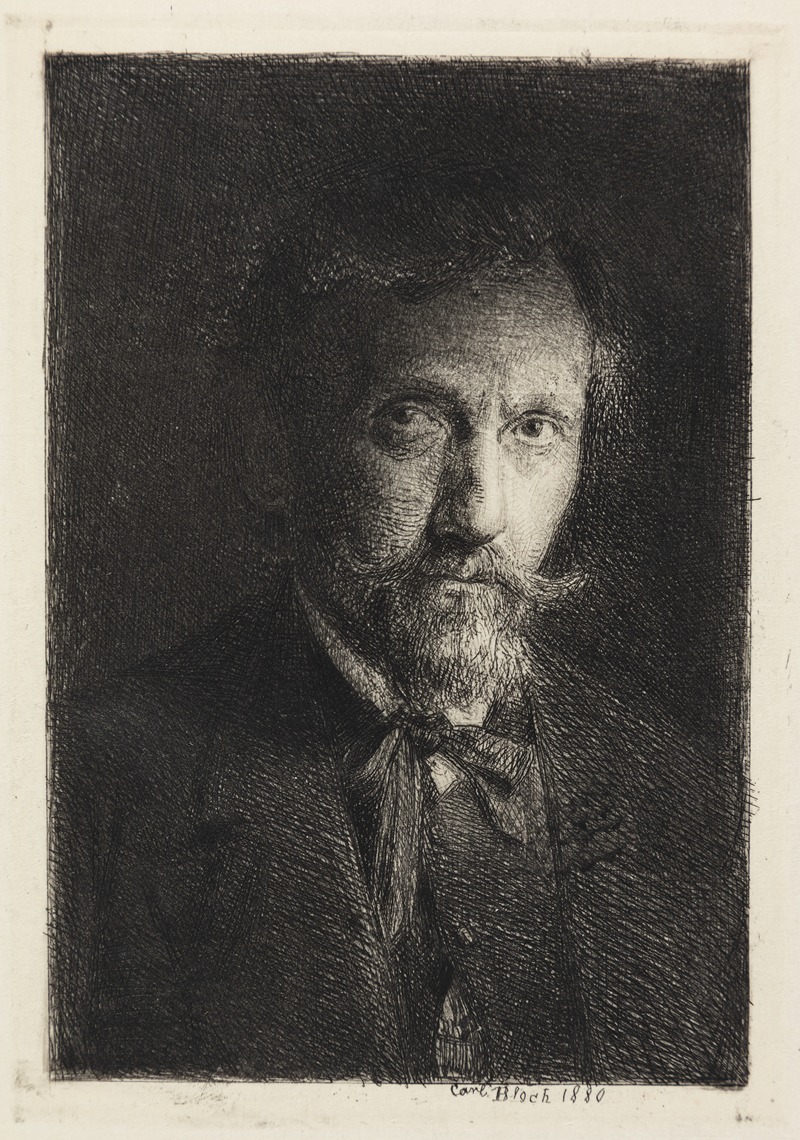
Self-portrait
A hand-painted replica of Carl Bloch’s masterpiece Self-portrait, meticulously crafted by professional artists to capture the true essence of the original. Each piece is created with museum-quality canvas and rare mineral pigments, carefully painted by experienced artists with delicate brushstrokes and rich, layered colors to perfectly recreate the texture of the original artwork. Unlike machine-printed reproductions, this hand-painted version brings the painting to life, infused with the artist’s emotions and skill in every stroke. Whether for personal collection or home decoration, it instantly elevates the artistic atmosphere of any space.
Carl Bloch, a renowned Danish painter of the 19th century, is celebrated for his historical and religious works. Among his oeuvre, the "Self-portrait" stands as a significant piece that offers insight into the artist's personal and professional life. Born on May 23, 1834, in Copenhagen, Bloch was a pivotal figure in Danish art, and his self-portrait is a reflection of his artistic journey and personal identity.
The "Self-portrait" by Carl Bloch is a testament to his mastery of the realist style, which was prevalent during his time. Bloch's education at the Royal Danish Academy of Fine Arts laid the foundation for his technical skills and artistic vision. His self-portrait is characterized by meticulous attention to detail, a hallmark of his broader body of work. The painting captures Bloch's likeness with precision, showcasing his ability to render human features with lifelike accuracy.
In this self-portrait, Bloch presents himself with a composed and introspective demeanor. The use of light and shadow in the painting highlights his facial features, emphasizing his thoughtful expression. This technique not only demonstrates Bloch's skill in handling chiaroscuro but also adds depth to the portrayal, inviting viewers to ponder the artist's inner world. The background is typically understated, ensuring that the focus remains on Bloch himself, a common practice in self-portraits to emphasize the subject's personality and presence.
Bloch's self-portrait is more than just a depiction of his physical appearance; it is a window into his identity as an artist. During his career, Bloch was influenced by the works of the Old Masters, and this influence is evident in the classical composition and execution of his self-portrait. The painting reflects his admiration for artists such as Rembrandt, whose self-portraits also convey a deep sense of introspection and self-awareness.
Throughout his career, Carl Bloch achieved significant acclaim, particularly for his religious paintings, which remain highly regarded in Denmark and beyond. His works often depicted scenes from the New Testament, and his ability to convey emotion and narrative through art earned him a lasting legacy. The self-portrait, while more personal in nature, shares this emotional depth, offering a glimpse into the mind of an artist who was deeply committed to his craft.
Bloch's self-portrait is housed in a collection that preserves his legacy, allowing contemporary audiences to appreciate his contribution to art history. It serves as a reminder of the artist's dedication to realism and his ability to capture the human spirit on canvas. Through this painting, viewers can connect with Bloch not only as an artist but also as an individual who navigated the complexities of life and art in the 19th century.
In summary, Carl Bloch's "Self-portrait" is a significant work that encapsulates the essence of his artistic prowess and personal introspection. It stands as a testament to his skill in realism and his ability to convey profound emotion through his art. As a piece of Bloch's artistic legacy, the self-portrait continues to resonate with audiences, offering insight into the life and mind of one of Denmark's most esteemed painters.






